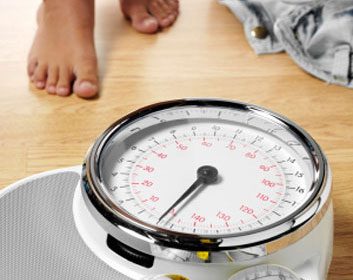Debate: Is BMI an accurate indicator of obesity?
Body mass index (BMI) has been used for nearly 200 years to measure percentage of body fat. But new research

Body mass index (BMI) has been used for nearly 200 years to measure percentage of body fat. But new research suggests BMI ratings may actually be underestimating the prevalence of the obesity epidemic.
The study by the Path Foundation compared percent body fat results from dual-energy x-ray absorptiometry (DXA) ‘ a full-body scan that measures muscle, bone mass and body fat’ and BMI measurements in 1,400 patients.
Results showed that 48 per cent of women and 25 per cent of men were classified as non-obese by BMI standards, but were obese by their percent of body fat. BMI measures your weight to height ratio, but ignores how fat is distributed in your body.
Another factor BMI does not account for is age. Women lose muscle and bone mass faster than men, and replace it with fat. In the study, 48 per cent of women ages 50-59 were misclassified as obese. Misclassification increased to 59 per cent for women aged 70 and over.
Why is BMI still being used? Study investigators suggest DXA scans and leptin levels in our blood would give us a clearer picture of obesity risk. Leptin is a hormone that controls appetite, and studies have found that lowering elevated leptin levels is effective in long term weight loss management.
Until full-body DXA scans become considerably cheaper, and we better understand the role of leptin in obesity, BMI standards may be here to stay.
Will you still be using BMI?
Related:
‘ News: Is the Body Mass Index flawed?
‘ Calculate your BMI with our BMI calculator
‘ Can you celebrate being fat and still be healthy?
‘Amy Crofts, web intern




